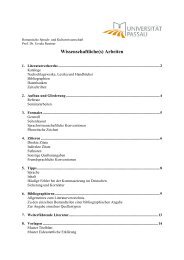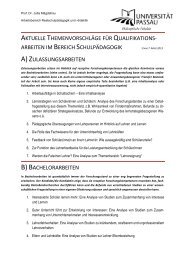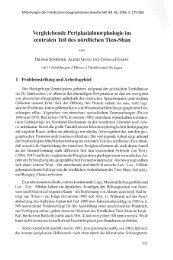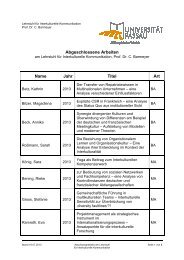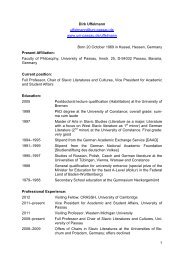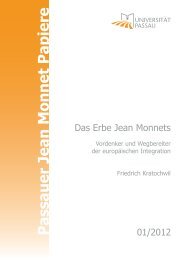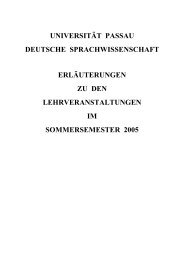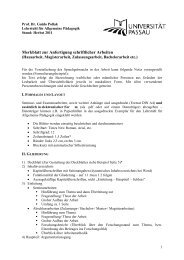The attempt to adopt a mixed-member proportional election system ...
The attempt to adopt a mixed-member proportional election system ...
The attempt to adopt a mixed-member proportional election system ...
Create successful ePaper yourself
Turn your PDF publications into a flip-book with our unique Google optimized e-Paper software.
5<br />
See, there are still <strong>member</strong>s who do not understand [the proposed <strong>election</strong><br />
<strong>system</strong>s]. <strong>The</strong>refore, it is difficult <strong>to</strong> vote on them, right? … How can we<br />
decide when <strong>member</strong>s do not yet understand [the issue]? (CDA 29:216)<br />
Shortly afterwards, Seri followed up by asking, “Do you understand better now?” His<br />
own answer suggested that this was not the case: “Everybody makes a cloudy face”<br />
(ibid: 220). A short while later, Seri added, “Dear <strong>member</strong>s, is there anybody who<br />
does not yet understand [the two alternative and competing <strong>election</strong> <strong>system</strong>s]? Is there<br />
anybody? If they are unders<strong>to</strong>od already, we will vote” (ibid: 224), and “<strong>The</strong> more<br />
explanations are given, the bigger is the confusion. Do not do this. I want explanations<br />
that settle [the issue]” (ibid: 231). This was an important issue that needed reason as a<br />
principle of decision-making (ibid.). Eventually, Montri Phetcharakham, became impatient,<br />
Those who do not understand will understand afterwards. If they do not<br />
understand it now, they will understand it later. … If I was a teacher<br />
teaching primary school students, everybody would fail. One hundred<br />
people have already explained, and there are still <strong>member</strong>s who do not yet<br />
understand. <strong>The</strong>refore, just vote. (CDA 29:235)<br />
Given the situation briefly described here, one might well wonder what the final narrow<br />
vote of 45 <strong>to</strong> 39 in favor of the <strong>mixed</strong>-<strong>member</strong> majoritarian <strong>system</strong>, and against<br />
the <strong>mixed</strong>-<strong>member</strong> <strong>proportional</strong> <strong>system</strong>, meant in terms of the quality of this institutional<br />
“decision.” 4 This question includes the reasons and other motivational fac<strong>to</strong>rs<br />
that made <strong>member</strong>s vote for one of the options rather than for another. On the occasion<br />
of drafting the 1997 constitution, the then-secretary general of the CDC, Borwornsak<br />
Uwanno, viewed the decision-making behavior of <strong>member</strong>s in a rather critical<br />
light, when he referred <strong>to</strong> the “patronage <strong>system</strong>” and said,<br />
You would expect them [well-educated and economically well-off middle-class<br />
elite <strong>member</strong>s of the CDC/CDA] <strong>to</strong> be guided by principles, but<br />
they are not. If they are asked as a favor <strong>to</strong> vote a certain way, they will be<br />
guided by their personal relationships. And this is under the full attention<br />
of the press. It reflects the understanding that their relationships with those<br />
in power stand above all else. (Bangkok Post, July 21, 1997)<br />
<strong>The</strong> actual communication process as reflected in the minutes of the CDC and CDA<br />
meetings made the supposedly clear-cut “intention of the constitution” about its elec-




